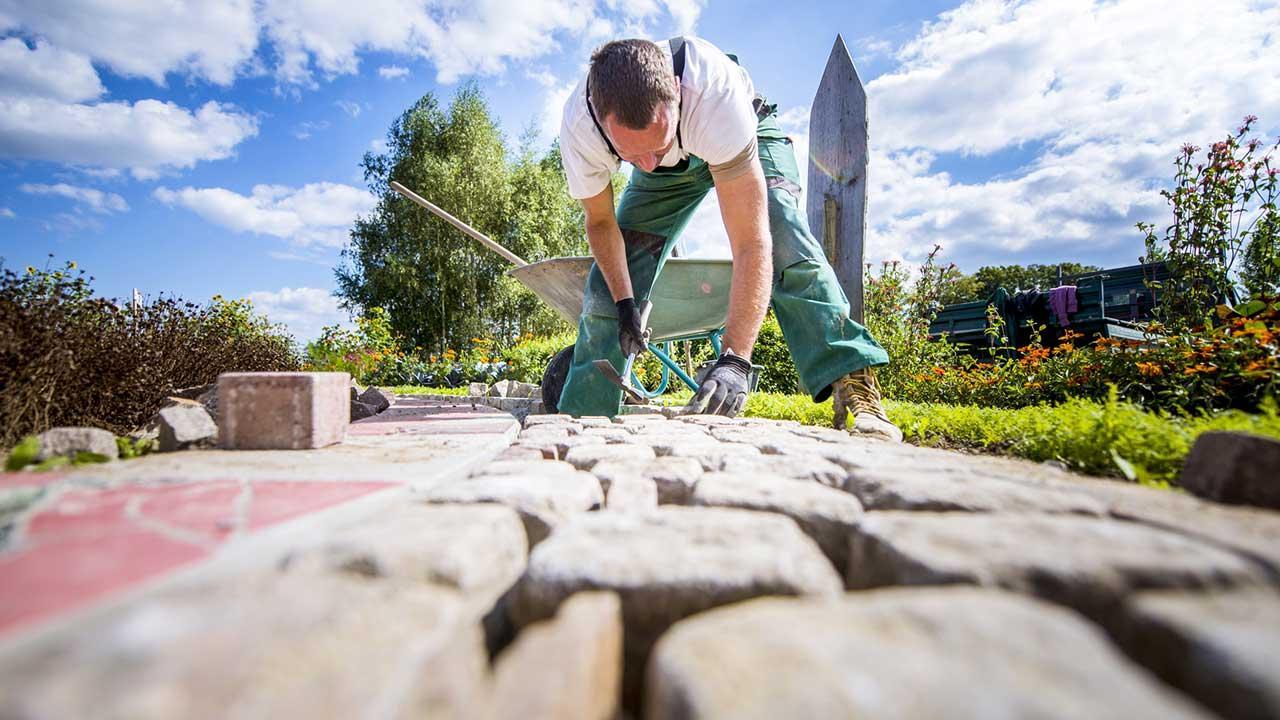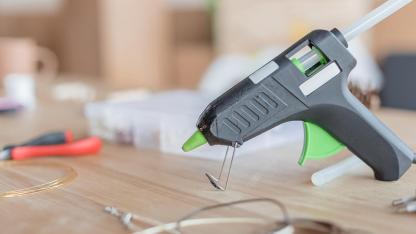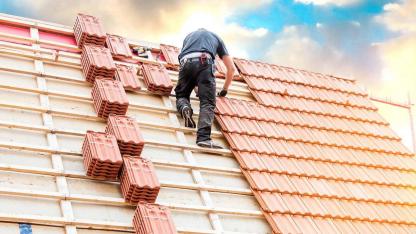Tips for paving a stone terrace
Don't forget important preparatory work
Kategorien: Herbs and spices Modernise Build Handicrafts Garden
A stone terrace offers many positive aspects and scores especially with its design and variety of shapes and colours in connection with a wonderful garden. However, if you want to lay it yourself, you should pay attention to a few points so that the terrace is not only beautified but also remains fully functional. Above all, extensive earthwork needs to be done.
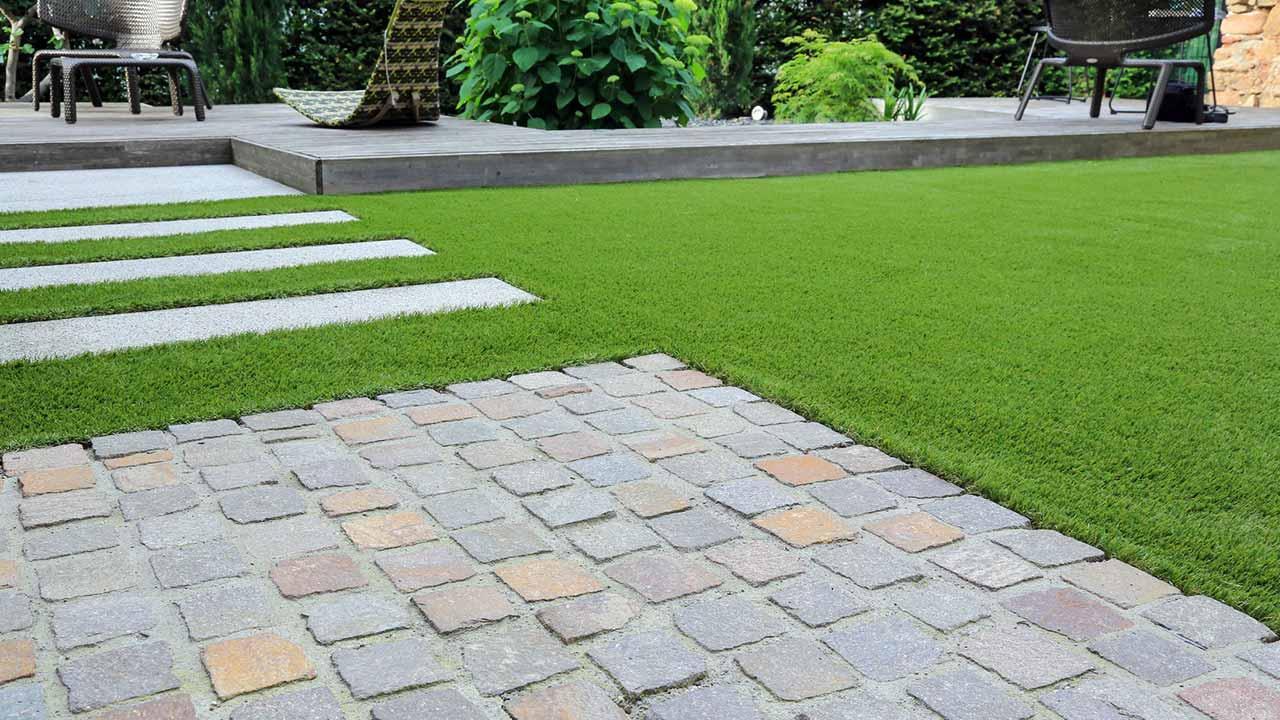 © blickwinkel2511 / Fotolia
© blickwinkel2511 / Fotolia
Substructure of the terrace is important
In order to ensure that the terrace will also endure later and not be affected by cracks or water damage, the terrain in this area must be excavated. This can create a water-permeable and load-bearing substructure for the terrace in the garden. How strong the base layer has to be depends on the individual soil conditions. If you have a rather loamy soil in your garden, you need a stronger layer here. If the soil is sandy, you need less.
It is always important that the water penetrating through the joints of the terrace can seep away well and does not freeze. This has the consequence that the stone pavement can be pushed up and damaged. In principle, advice can be obtained from the local building materials dealer who sells the material for the work on the stone terrace. Depending on the size of the stone terrace, a small excavator is recommended for excavating the soil, which can usually be rented at a reasonable price.
This excavation already determines the later gradient of the surface of the terrace. The recommendation is that it should be one to two centimetres per metre. It is important that the gradient leads from the house to the garden so that rainwater can seep away. In order to control the gradient on the one hand, and the excavation depth and thickness of the individual layers on the other, the level of the paving should be marked with a cord.
Plastering and grouting the terrace is easy
What the terrace will look like later is not only determined by the colour of the stones and their surface. The joint grid also has a significant influence on the appearance. Therefore, it makes sense to plan the laying pattern in advance. As far as the joints are concerned, they have the essential task of providing the paving with stability. Anyone using small-format stones must pay particular attention to this elastic support. 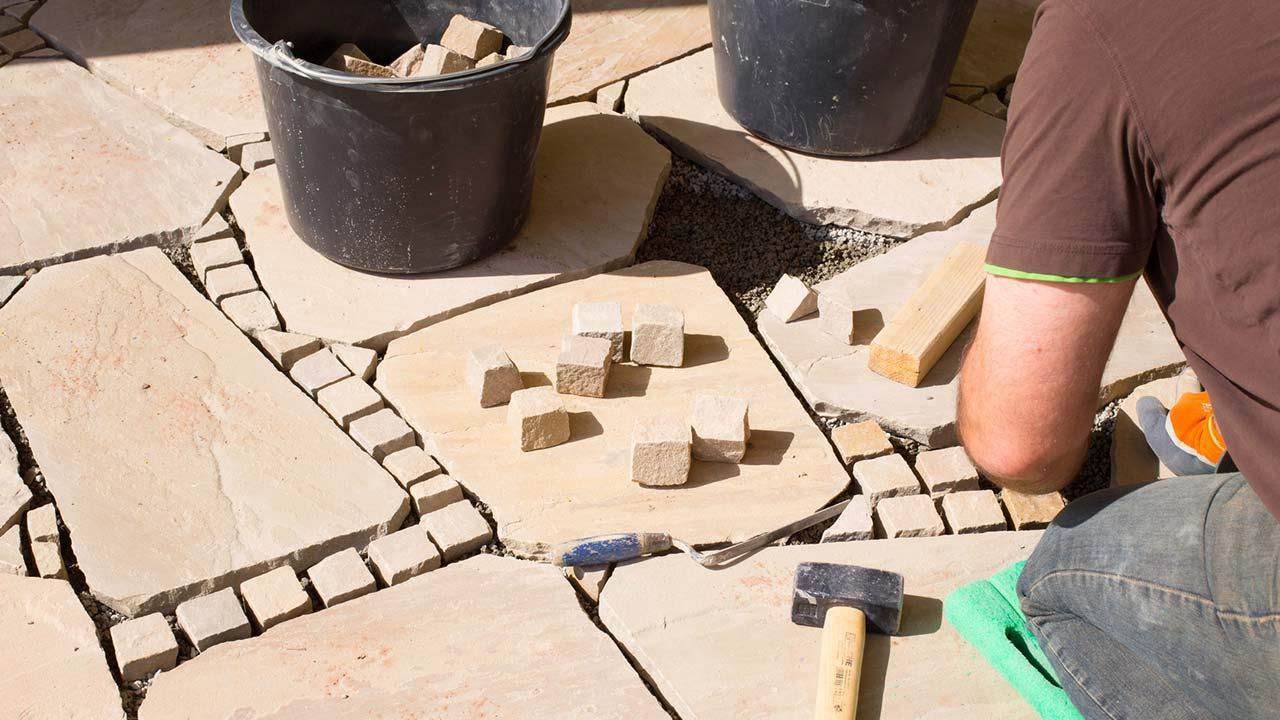 © Floydine / Fotolia
© Floydine / Fotolia
This is the only way to prevent the terrace from possibly tilting under the later load. Joints also compensate for any dimensional tolerances in the paving. Since the stones are usually not of the same size, they must never be laid close together. If you pay attention to the boulevard system when laying the paving stones, it is much easier to find the correct joint width, as lateral webs determine the distance between the paving stones.
